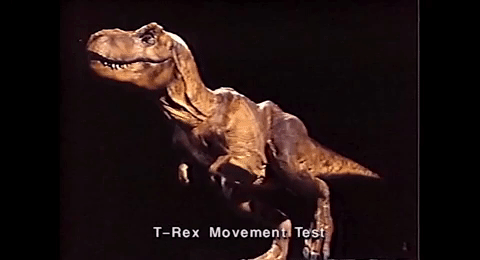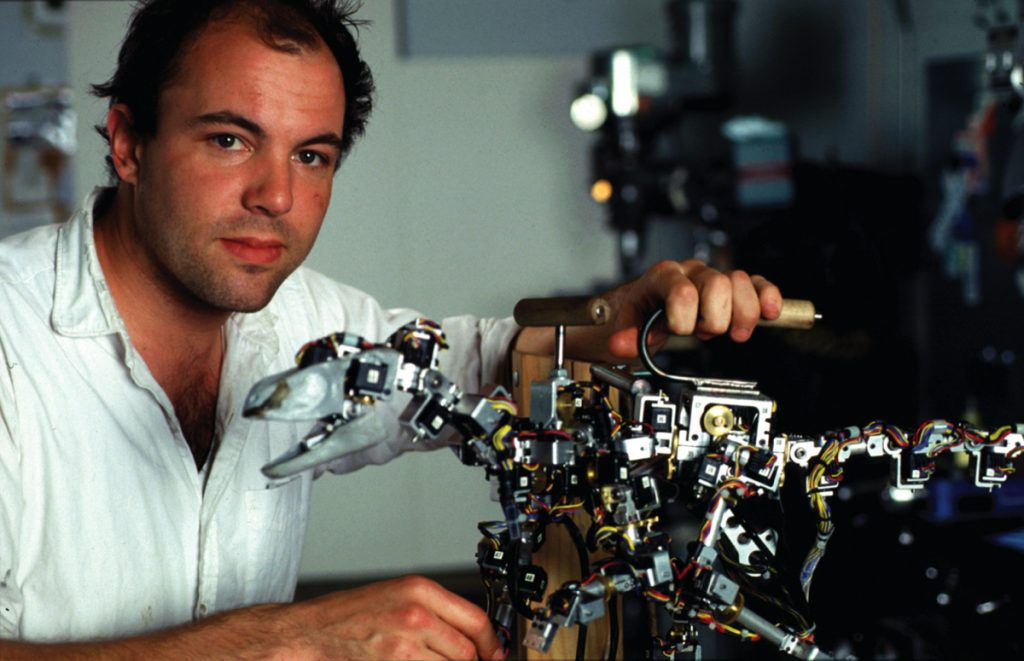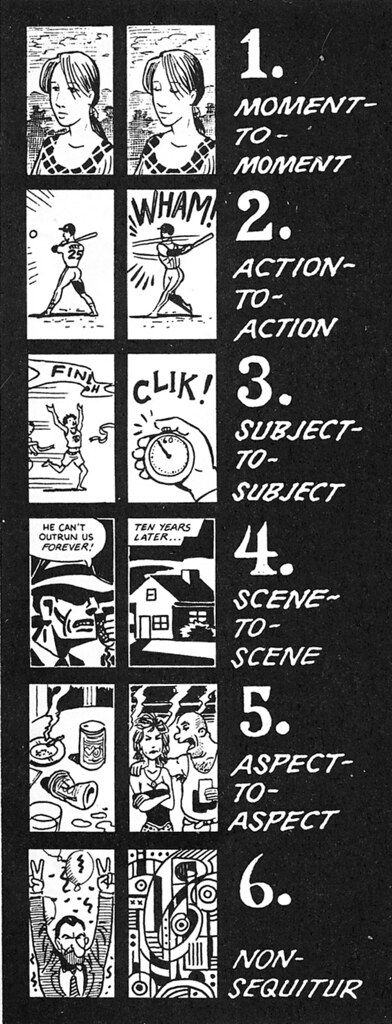Mark Z. Danielewski’s story House of Leaves is a very interesting read. The work diverges from the traditional structures of writing and creates a puzzle for the reader. From backwards text to rotated text, House of Leaves feels like a puzzle. In order to truly experience the story, you have to work to unravel it. This structure reminds me a lot of web series like The Backrooms.
Episodes from the series are not always released in order, and many appear to be irrelevant. The story is hidden, forcing the viewers to dissect the information each video holds and piece it back together. On the surface it all looks confusing, but when you sift through the videos, reorder parts in a new order, things become clearer. It leaves people, like the channel Film Theory, to try an figure out what the story truly is.
Much like hypertext, these stories add another level of involvement to the reader and viewer. The stories force the reader and viewer to actively decipher the material. Though other stories do similar things, telling their story out of order like in the film Memento, these kinds of stories push the reader to change them in a way that it can be truly understood. None of the material can be taken at face value, you actively have to change how it is displayed and ordered. Everything you read or watch is just a piece of the story, and you have to figure out where each one goes in order to get the full picture.
It is such an interesting level of interaction, having the readers and viewers physically change the order of events until the story is complete.




